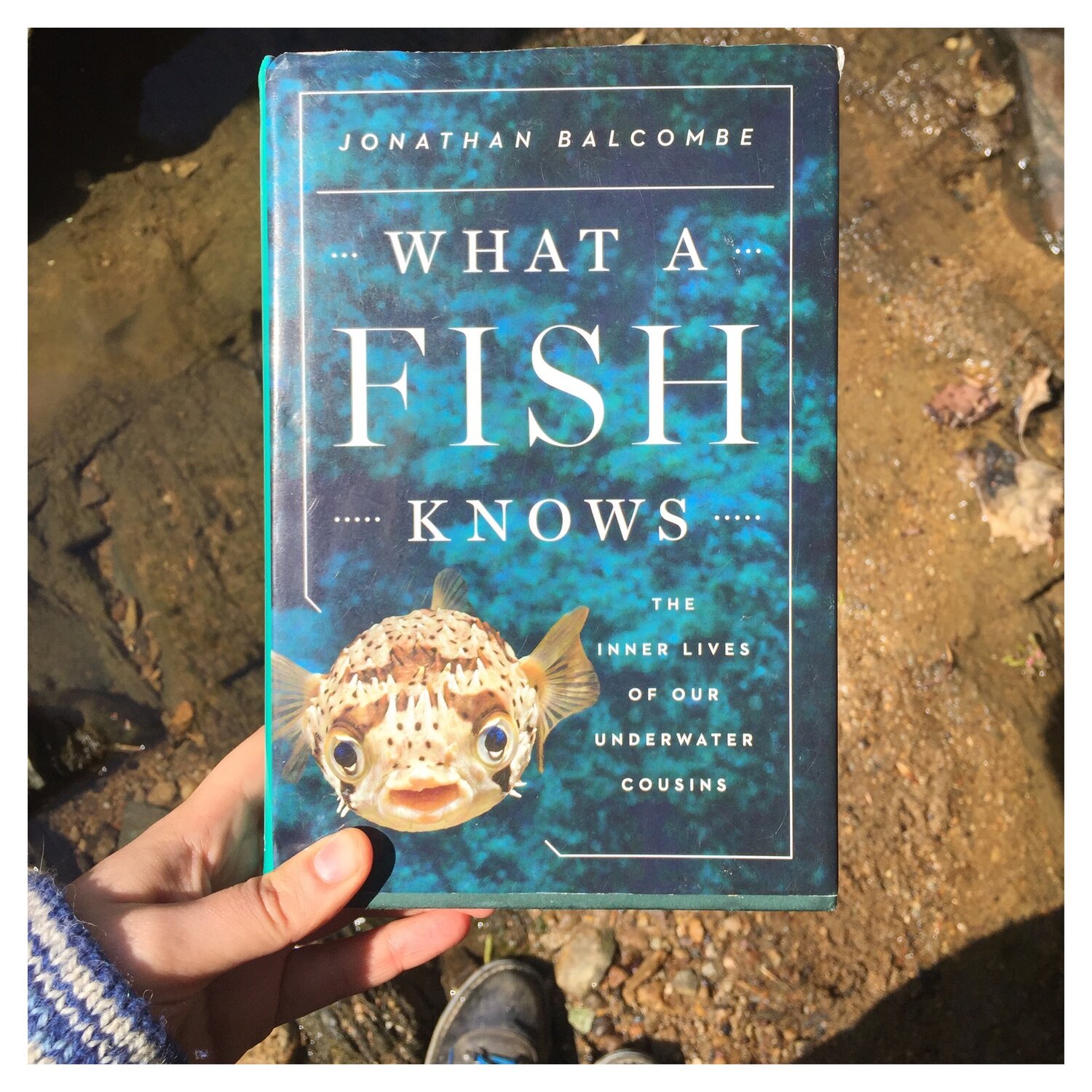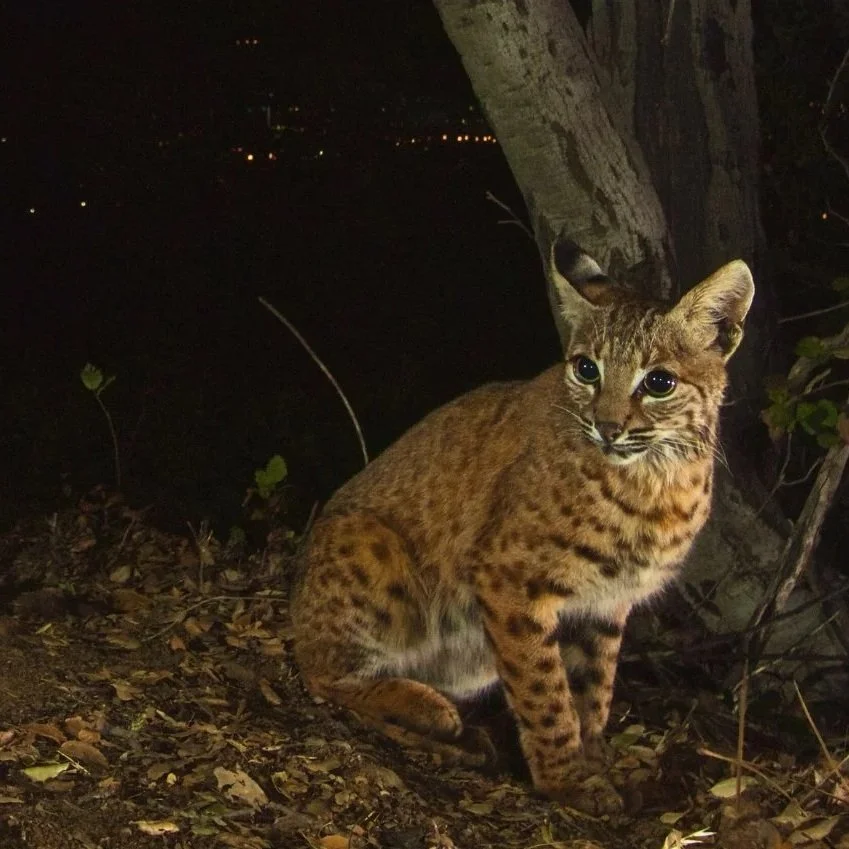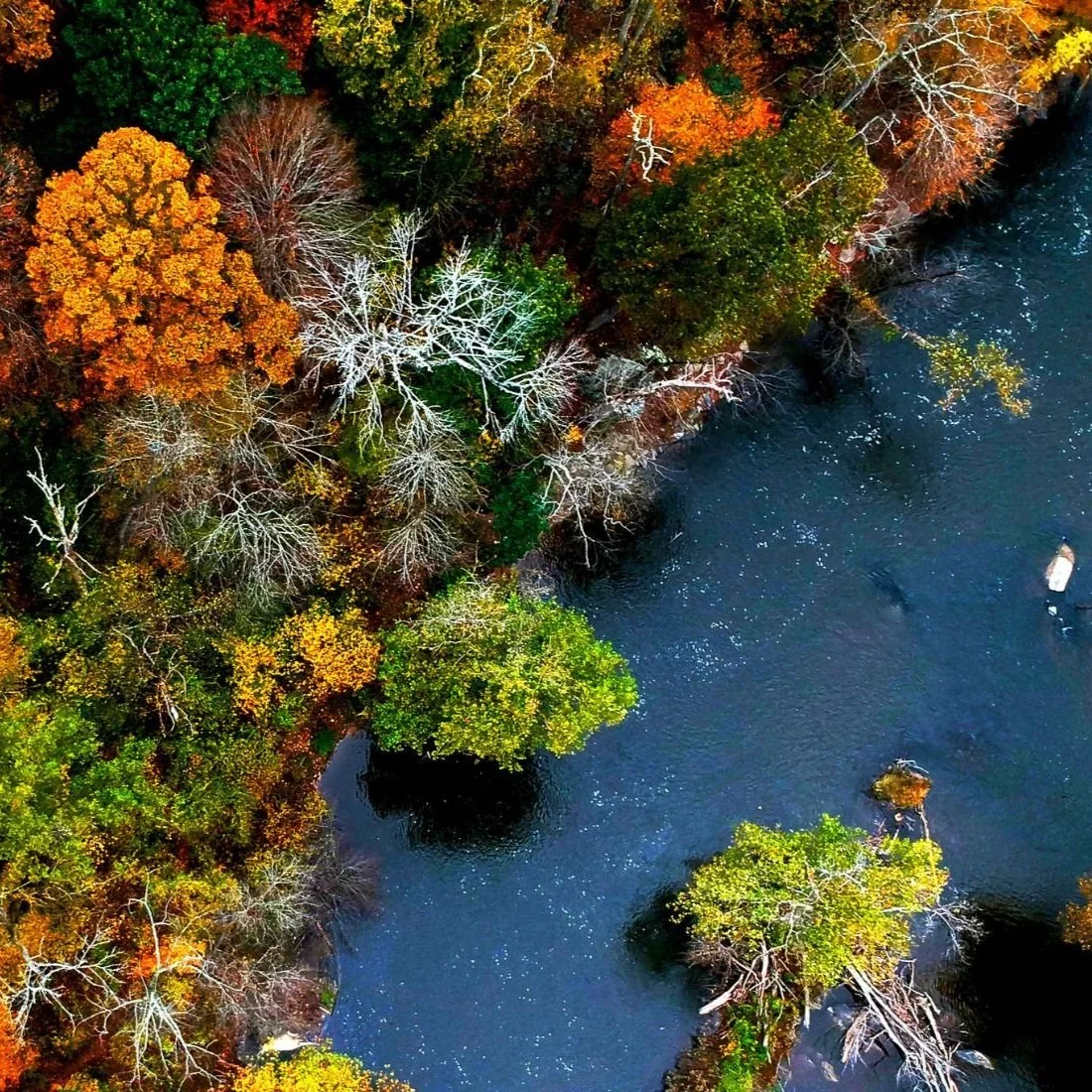Staff Picks: 6 Books to Read by the River
/Discover stories of dynamic dolphins, sinking islands, and natural navigation in our (non-mandatory) back-to-school reading list
At Potomac Conservancy, we think the river is the best classroom, playground, laboratory, gymnasium, theater, or teacher anyone could ask for this back-to-school season. But while you’re enjoying a fall breeze by the water, why not read a book that strengthens your connection with it?
For those of us that love to learn — but perhaps aren’t actually returning to formal education this September — here are some of our favorite non-fiction works that celebrate the wildlife, waters, and wonders of the Potomac Watershed and beyond.
Time to find a shady tree and deepen your knowledge of our magical, natural world!
Chesapeake Requiem by Earl Swift (2018)
The islands in the Chesapeake Bay are rapidly sinking due to rising seas and glacial rebound - and Tangier Island may be disappearing fastest of all.
But this fascinating place isn’t just the source of the potential first-ever climate refugees in the domestic United States. It’s the beloved home of the men and women who work the water and supply a huge portion of the blue crabs eaten up and down the coast (and subsequently know Maryland’s prized crustacean better than anyone).
Virginia-based journalist Earl Swift, who spent a year on Tangier, intimately tells the story of the islanders lives, quirks, work, faith, and complicated relationship with conservation and the ever-approaching waves.
P.S. Look out for a mention of the researchers studying the dolphins in the Bay and Potomac River!
2. Voices in the Ocean by Susan Casey (2015)
Speaking of dolphins… if hearing about the dolphin population in the Potomac River (and naming Mac and Chessie!) made you curious about bottlenose dolphins and their kin, then this is the book for you!
Ocean-loving author Susan Casey shares what she’s learned about the lives, behavior, and emotions of these extremely intelligent creatures, and explores every aspect of their relationship with humans. Travel with her through time and around the world to dolphin-worshiping Greek islands, pioneering research stations in Florida, dolphin hunts in the South Pacific, and sanctuary bays in Hawaii where these oft-exploited animals swim free.
When you’re done, you’ll be glad our Potomac River dolphins are wild and thriving.
3. The Hidden Life of Trees by Peter Wohlleben (2015)
You may know that trees capture carbon, produce oxygen, fight climate change, prevent erosion, filter water, create shade, and much more for clean water and the environment. But what do you know about their inner lives?
No, trees aren’t animals — but scientist, explorer, and forest conservationist Peter Wohlleben might have you caring about them as if they are. Wohlleben deftly translates the latest research into compelling anecdotes about how trees parent their children, communicate with each other, share nutrients, and support each other through (long-lived) generations.
Get to know the beings that line our city streets and and tower over our houses (and support them by joining our Growing Native seed collection on October 12th!).
4. The Genius of Birds by Jennifer Ackerman (2016)
“Bird brain” is about to have a new meaning. Nature writer Jennifer Ackerman grew up in Washington, DC and learned to bird-watch along the Potomac River. Her sightings of American crows, eastern screech owls, Carolina wrens, and white-crowned sparrows quickly taught her not to underestimate avian intelligence.
Ackerman tells stories and shares research from all over earth of raptors, corvids, waterfowl and more demonstrating the wits that have helped them survive since the age of the dinosaurs.
Hear about birds who grieve, eavesdrop, kiss, and give gifts. Birds who can sing 2,000 different songs or hide and find 30,000 cached seeds. Birds who use tools and birds who dance. Read this book and next time you spot a wren, robin, or blue jay, you won’t be able to look away.
P.S. Curious if you should feed your backyard birds? Hear from the experts at Second Chance Wildlife Center.
5. What a Fish Knows by Jonathan Balcombe (2016)
Ok, now you know that dolphins, birds, and even trees are pretty smart. Guess what? Fish have hidden depths too.
At Potomac Conservancy, we often find that people are unaware of just how many fish, and fish species, live in our river. Or maybe they just think about how to catch them. In this book, Jonathan Balcombe, director of animal sentience at the Humane Society Institute for Science and Policy, reveals what fish are really up to within our waters — and they’re not just blowing bubbles.
Peek below the surface to discover that fish build elaborate nests (even in our local streams!), measure angles, feel pain, and even recognize individual humans (maybe that’s why they’re not biting…). Whether you’re an avid angler or merely a curious bookworm, you’ll want to help keep our water clean for local fish more than ever.
6. How to Read Water by Tristan Gooley (2016)
Once you’re tired of reading words, relax and read the water. Whether you’re looking at the river from your office window, walking by a barely-trickling stream, or taking a boat out into the Bay, this book will help you see and understand the patterns and meanings in waves, currents, and glimmers of light.
Author Tristan Gooley is a “natural navigator” who can captain ships at sea using only the stars. Here, he shares all of his water-interpreting knowledge, from ancient Polynesian navigation methods to reading a “ripple map” in a puddle.
The how-to information is useful for paddlers, anglers, and aquatic adventurers of all kinds. Whoever you are, you’ll never look at the river the same way again.
Get local wildlife and river news delivered to your inbox.
Sign up to receive our monthly River Update email.
100% Private. We don’t spam.




















